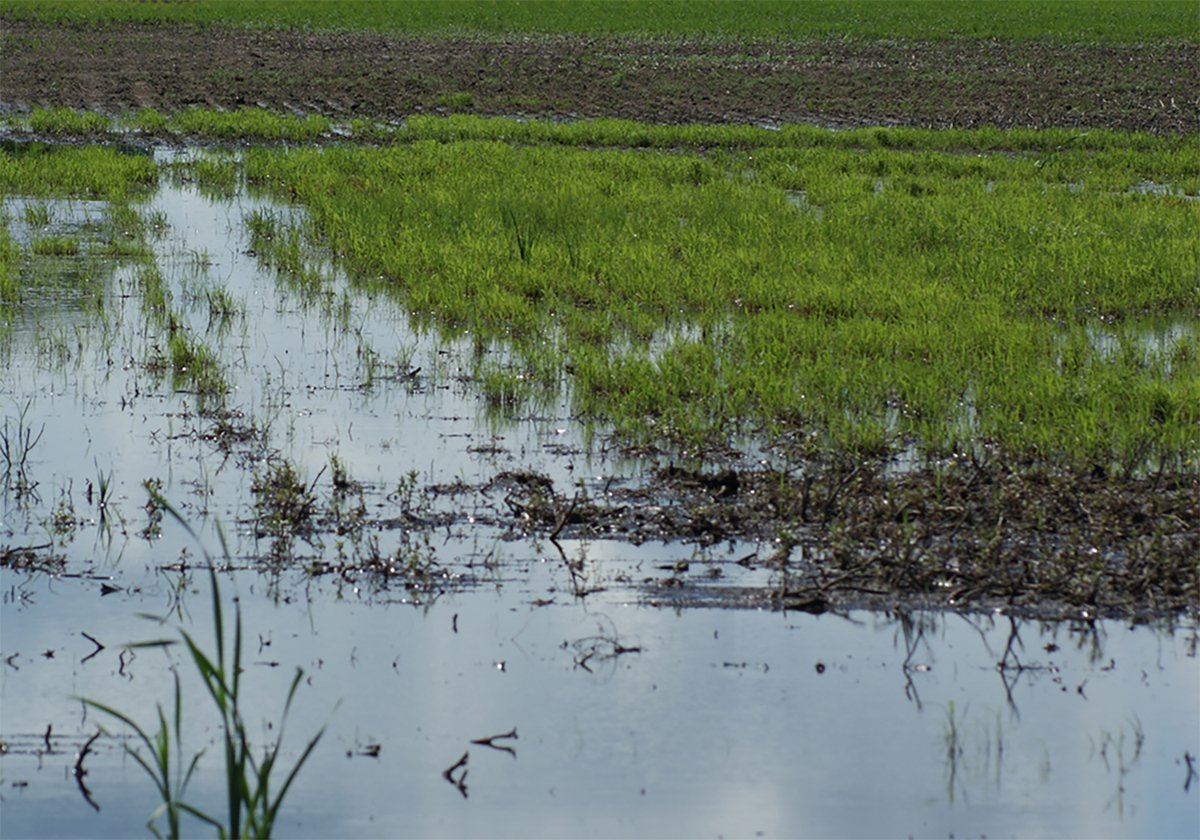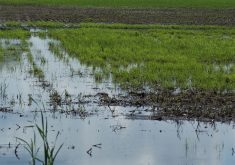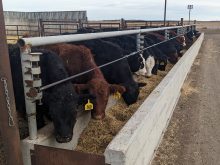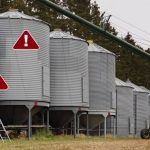The consumption of Ponderosa pine needles has been linked to fetal losses in cattle for decades.
The abortions, which occur in the last trimester of pregnancy, are induced by a toxin found in the needles.
In parts of British Columbia and Alberta, where these trees are in abundance, this toxin is a concern. It can affect just a few cows or incite an abortion storm that involves
nearly every herd member.
Abortions caused by cows eating pine needles are characterized by a mucoid vaginal discharge, a difficult fetal expulsion that often requires assistance, and often, a retained placenta.
Read Also

Topsy-turvy precipitation this year challenges crop predictions
Rainfall can vary dramatically over a short distance. Precipitation maps can’t catch all the deviations, but they do provide a broad perspective.
The uterus may become so severely infected that subsequent conception is delayed or prevented.
Some cattle that abort become very ill, develop leg paralysis, and may even die. On rare occasions, a poisoned cow will deliver a live calf. These premature calves are weak and usually succumb to respiratory infections.
The toxin in pine needles, called isocupressic acid, has only recently been isolated. After it was identified, researchers fed it to cows in their last trimester of pregnancy to test its effects. They were able to
induce abortions identical to those caused by pine needles themselves.
Isocupressic acid causes a
decrease in blood flow to the uterus and, secondarily, to the fetus. The fetus dies and is
subsequently aborted. There is evidence to suggest that a critical level of isocupressic acid is needed before abortion will be induced.
At low doses, there are few abortions. Once the critical amount of toxin has been consumed, abortion follows in three to four days.
Abortions can continue for up to two weeks after the last exposure to the pine needles.
The concentration of isocupressic acid varies in the pine needles depending on whether they are new tips or old growth and generalizations can’t be made.
Cattle can consume a large quantity of needles containing
little toxin with no effect, or they might eat only a small volume with a high concentration of toxin with serious consequences.
It is not just the isocupressic acid that is the problem. Studies on pine resins have shown they will damage the kidneys and sometimes induce paralysis or death in individuals that consume them.
Cattle that survive Ponderosa poisoning and are exposed to pine needles again will abort again because they do not develop resistance.
However, many cattle that abort never completely recover from the toxin, or at least are unable to conceive.
To confirm the diagnosis of pine needle abortion, the needles must be found in the forestomachs of the cows, or be seen on examination after death or in manure.
There is no specific test for Ponderosa pine toxicity. It can be confused with other forms of abortion such as Neospora, Leptospirosis, BVD and IBR.
The only way to prevent this disease is to stop cattle from eating the needles. Restrict access to areas that contain pine trees while cows are in late pregnancy. As well, hay should never be spread on top of pine needles where cattle can inadvertently consume them.














